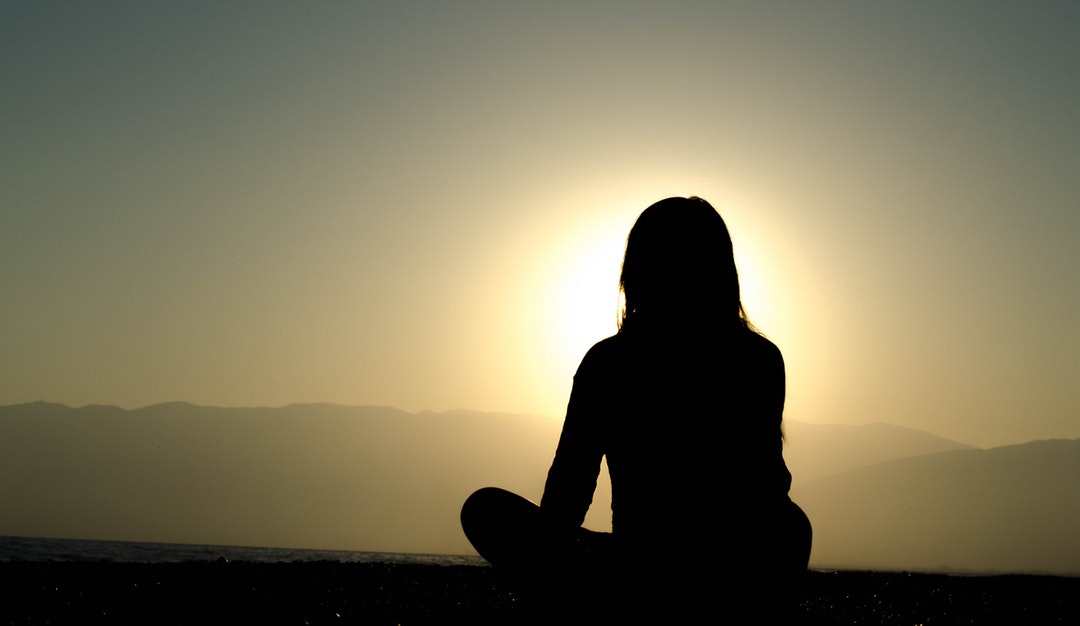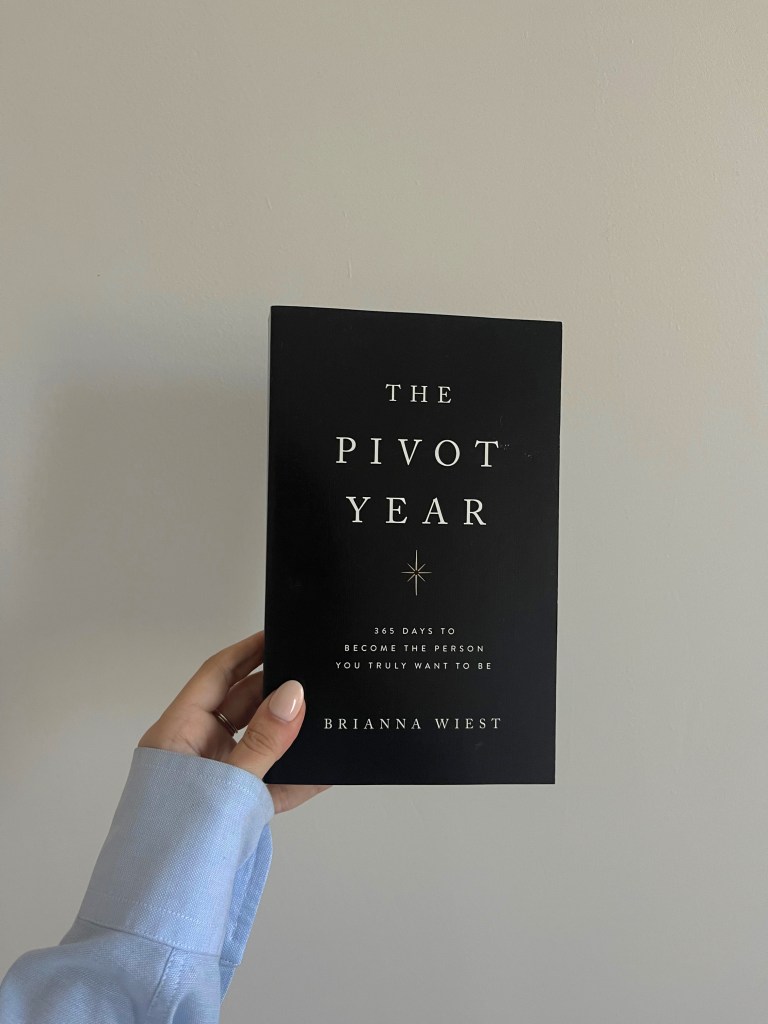7 Easy Steps To Beginning Meditation And Finally De-Stressing Your Life
Allow yourself to think of everything that pops into your mind, without judgment and without emotions of sadness or anger. Accept the thought, allow it to reach its conclusion, and then just let it go.


In order to work towards happiness and peace, we all have to eliminate stress and negativity in our lives. And yet, we all have stress that we can’t control.
Your boss wants that done by Monday. A colleague disagrees with you on a project. You can’t seem to balance the time you spend at work and your time with family and friends. Your relationship status is “complicated.” Even something as small as traffic or reading comments and rants on social media can make you want to pull your hair out.
And those are just our personal everyday issues. Let’s not forget that we live in a chaotic and scary world.
Corrupt government and even more corrupt politicians. Mass shooters and gun violence. Russia and North Korea and threats of nuclear war. Racial disparities. Women’s inequality and harassment in the workplace and beyond. The deterioration of our environment. Poverty, unsafe drinking water, and natural disasters in our country and in our world. Hate and prejudice and discrimination.
We can do everything in our power to channel our stress into fixing and preventing problems, cleansing our life of negative people, and working for charity and change in our world, but the weight of it all can feel overwhelming sometimes.
One of the best ways to combat this stress is through meditation.
Whether you believe meditation unlocks a hidden higher consciousness in the brain or just creates a relaxing pause in the day, the benefits in regards to health and reducing stress cannot be ignored.
Now you may be thinking, ‘Oh, I can’t quiet my mind and sit still long enough to do that’ or ‘Meditation is for the monks and too complex for me.’ But, honestly, meditation is easy. It’s just about slowing down for a few minutes, calming and re-focusing yourself, and stopping to evaluate your thoughts and feelings. There isn’t one “correct” way to meditate.
Even if you only meditate for fifteen minutes a day, the relaxing advantages to this habitual routine can help you lead a healthier and happier life.
So, how do you begin when you’re a beginner?
Step One:
Find a quiet spot free from anxiety-inducing noise pollution, such as loud music, the conversations of others, and motor vehicle noises.
The best way to connect with yourself is through silence. Although, if you feel you can be too easily distracted, listening to calming noises, like rain and nature sounds, or using a white noise machine can help occupy a chaotic mind and narrow focus.
Step Two:
Make your surrounding space agreeable. Gathering together warm blankets and pillows, dimming the lights, and lighting candles or incense are all effective methods of creating a calming environment that is essential to the meditation process.
Step Three:
Sit or lie down comfortably.
Many people think, in order to meditate properly, one must sit cross-legged on the hard floor with their spine perfectly straight in a Sukhasana-like yoga pose. Once you have been practicing for a great deal of time, this advanced state of meditation is possible, but not realistic for beginners.
Just situate yourself into a relaxing position that works for you.
Step Four:
Close your eyes or zero-in on a fixed point in the room, such as a flickering candle, and begin to control your breathing. The best method is the 4-7-8 breath. Count to four in your mind while inhaling slowly through your nose. Hold that breath for seven seconds. Then, exhale out of your mouth for eight. Continue this until your heart rate levels out and is steady.
Step Five:
Now start with the top of your head and begin to isolate and relax each individual body part from your eyebrows and jaw, down to your stomach muscles and along your arms, all the way to your legs and toes. Really direct your attention to each area and think about the muscle groups as you release them until your body is no longer tense and constricted.
Step Six:
At this point, we have reached the choose-your-own-adventure crossroad. There are many different types of meditation and, remember, there isn’t one definitive “right” way to do so.
You can try the concentration method where you clear your mind and only allow yourself to focus on one specific entity, such as your breathing, a repetitive mantra or sound, counting in your head, or a candle flame. But, be forewarned, this may only last for a few minutes, if you are not advanced, before your mind begins to pursue other thoughts.
The easiest method is mindfulness meditation. This type of meditating promotes a wandering mind. Your grocery or to-do list. A conversation you had with your partner. A disagreement you had with a colleague.
Allow yourself to think of everything that pops into your mind, without judgment and without emotions of sadness or anger. Accept the thought, allow it to reach its conclusion, and then just let it go.
Sometimes it’s good to mix both methods, when you’re starting out, in order to ease frustration. Concentrate for a few minutes. Allow your mind to drift. And then, bring it back to center.
As you practice more and more, you can then try different meditation processes, such as the Buddhist compassion technique or the re-framing technique. These routines allow you to think of specific situations and circumstances that are negative or that you would like to change, either in your relationships, your community, or even your greater world. You then visualize a more perfect reality and play out the situation in a positive manner. Think of the mistakes you made, establishing what you could have done better or what you need to work on. Put yourself in the shoes of another who has wronged you or a circumstance that upsets you and truly learn to empathize and see things from a different perspective.
You may even find active meditation techniques, such as meditating while walking or doing yoga, most beneficial to you.
Try whatever method you feel comfortable with and let your mind go where it wants. But remember, no aggressive emotions and no self-judgment.
Step Seven:
When you feel ready to end your meditation, slowly open your eyes. Re-acclimate yourself to your surroundings and breathing. It’s also good to do some basic stretches before getting up, in order to get your blood flowing. After participating in a calm and de-stressing experience like meditation, you want to slowly increase your heart rate back to normal, rather than jar the body back to reality.
When you’re done, merely get up, and continue with your day. You will feel as refreshed as if you just took a short nap and your body and mind will be stronger and healthier for it. 




